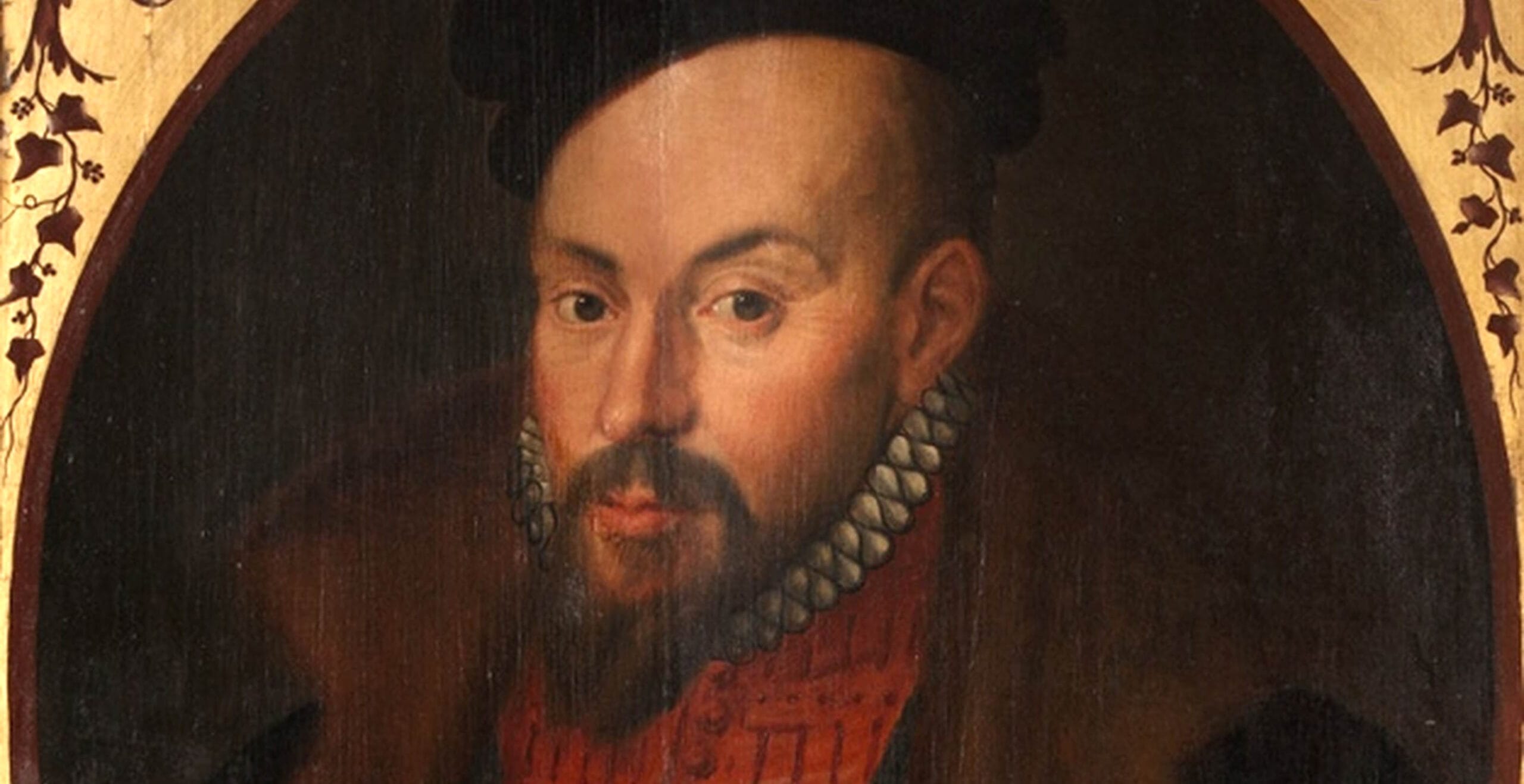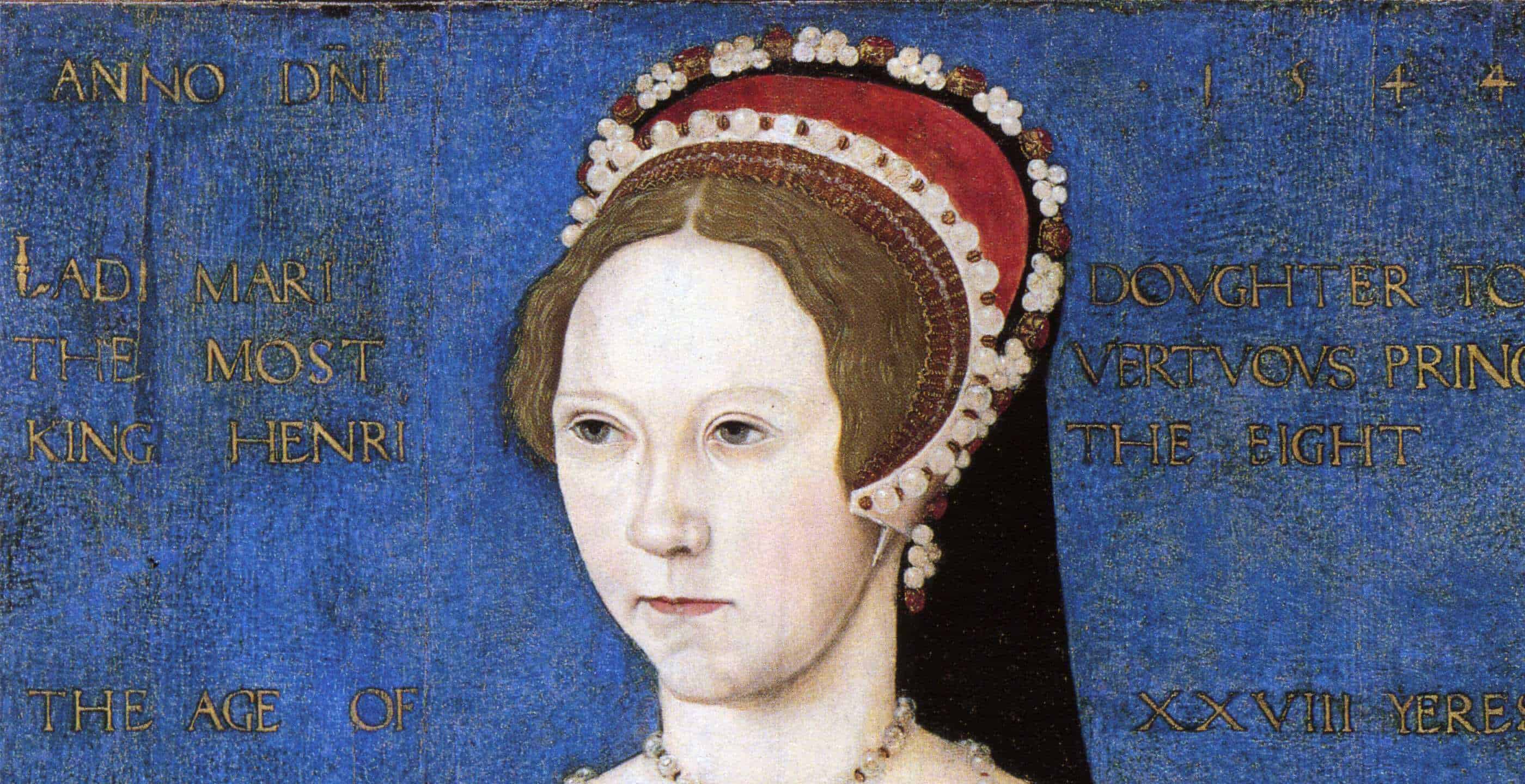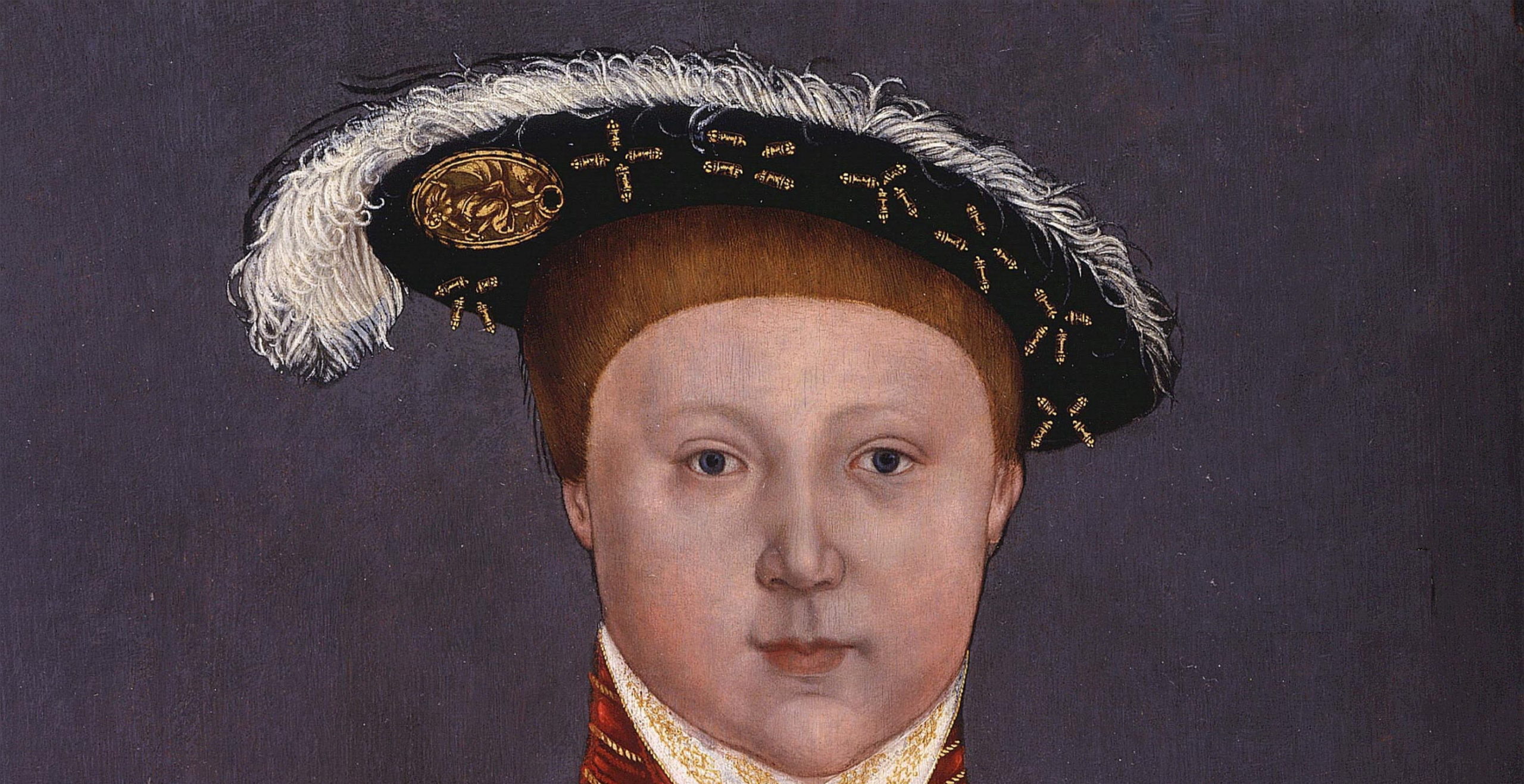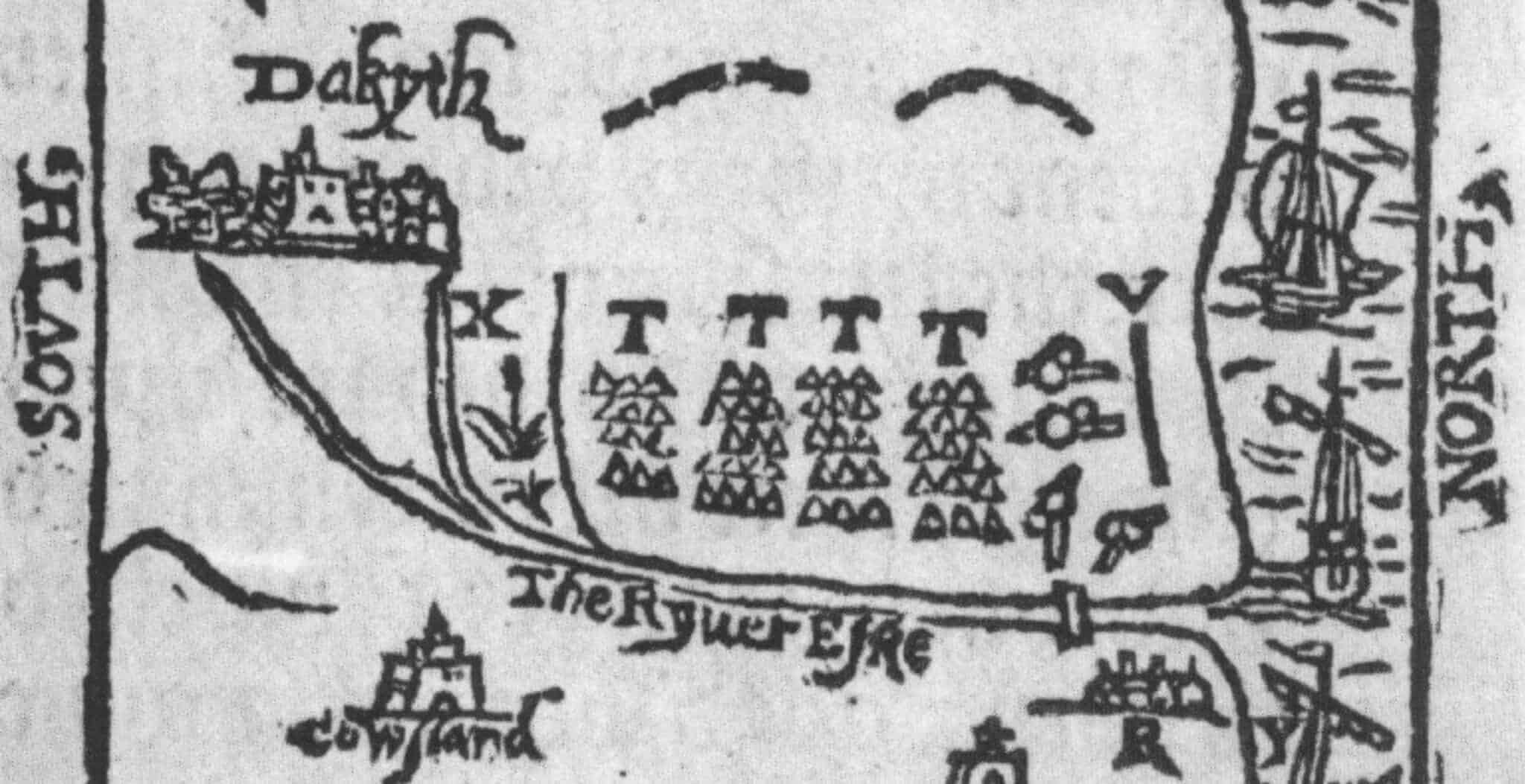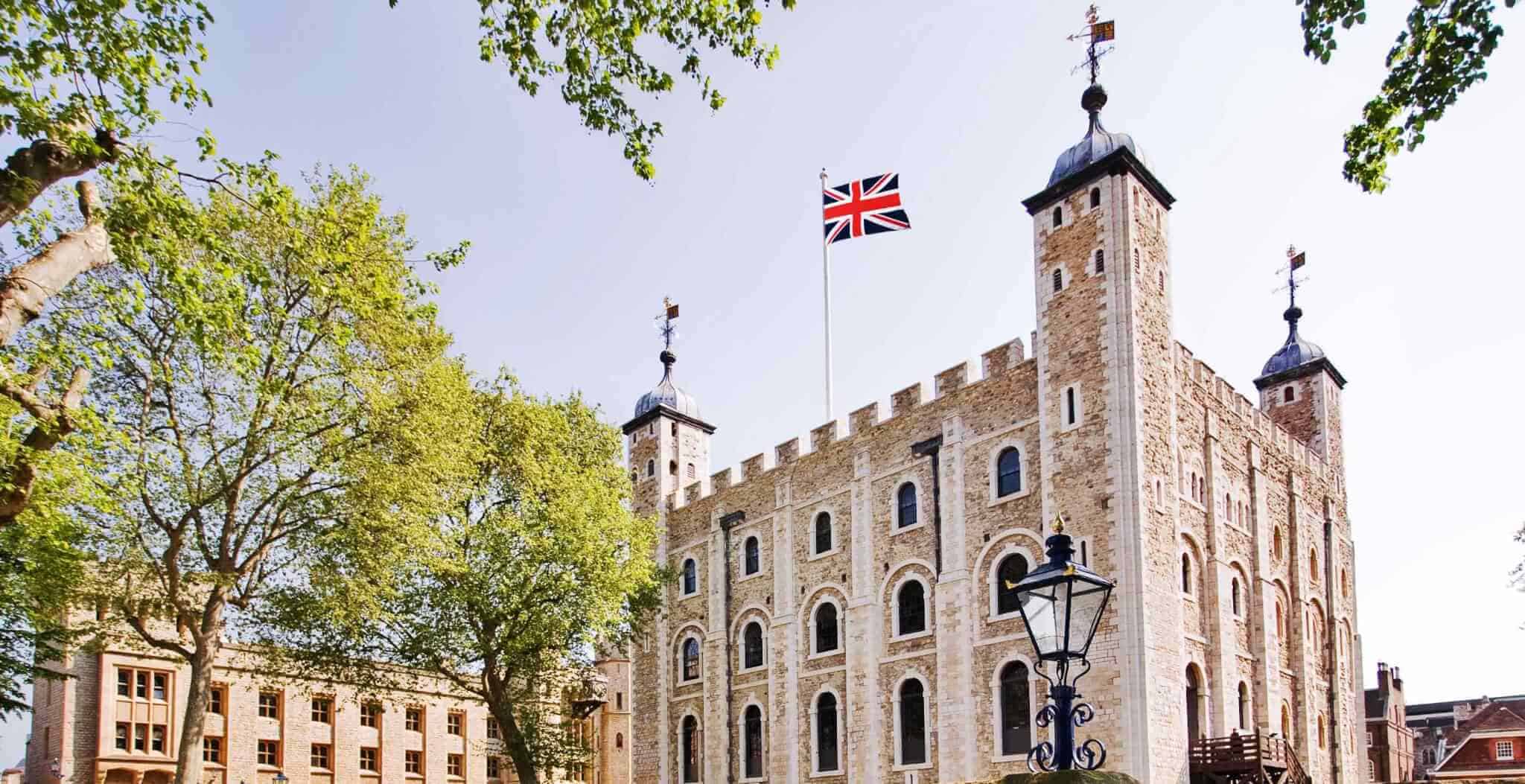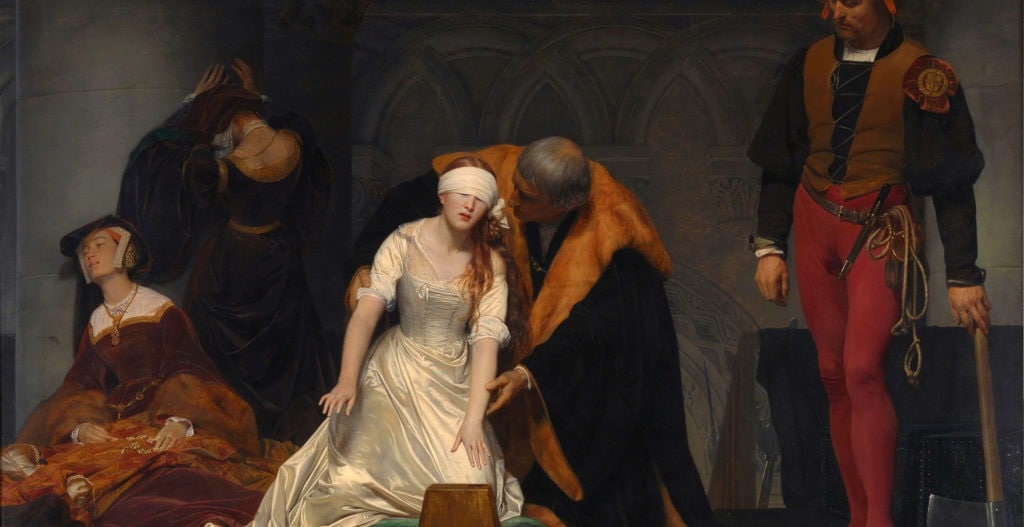Known as the “wicked Duke”, John Dudley was a powerful Tudor statesman who served loyally during the reign of Henry VIII and his son, Edward VI, before a plot to usurp the Catholic Queen Mary led to his untimely demise.
John Dudley was born in 1504 to Edmund Dudley, a prominent administrator in Henry VII’s court and his wife, noblewoman Elizabeth Grey (daughter of Edward Grey, 1st Viscount Lisle). When John was just a boy, his father was imprisoned in the Tower of London, charged with treason and was subsequently executed on 17th August 1510.
John was just seven years old when he fell into the care of Sir Edward Guildford and his wife, and became his ward.
At the same time Edmund Dudley’s attainder was lifted (forfeiting of land and rights under the death sentence for treason) allowing John Dudley to enjoy the rights and privileges bestowed on him at birth. It was said that King Henry VIII was hopeful for John’s future role as a loyal serving member of the royal court.
In the meantime, Dudley grew up in the Guildford family alongside his future spouse, Jane. The young couple would go on to have thirteen children together.
By 1523, Dudley had his first military experience when he joined the campaign against France leading to his knighting by Charles Brandon, 1st Duke of Suffolk.
He quickly rose through the ranks showing himself to have a sufficient range of skills such as archery, wrestling and horse-riding which would hold him in good stead in military circles. Henry VIII acknowledged his talents and Dudley was given numerous military posts where he showed his prowess and competence.
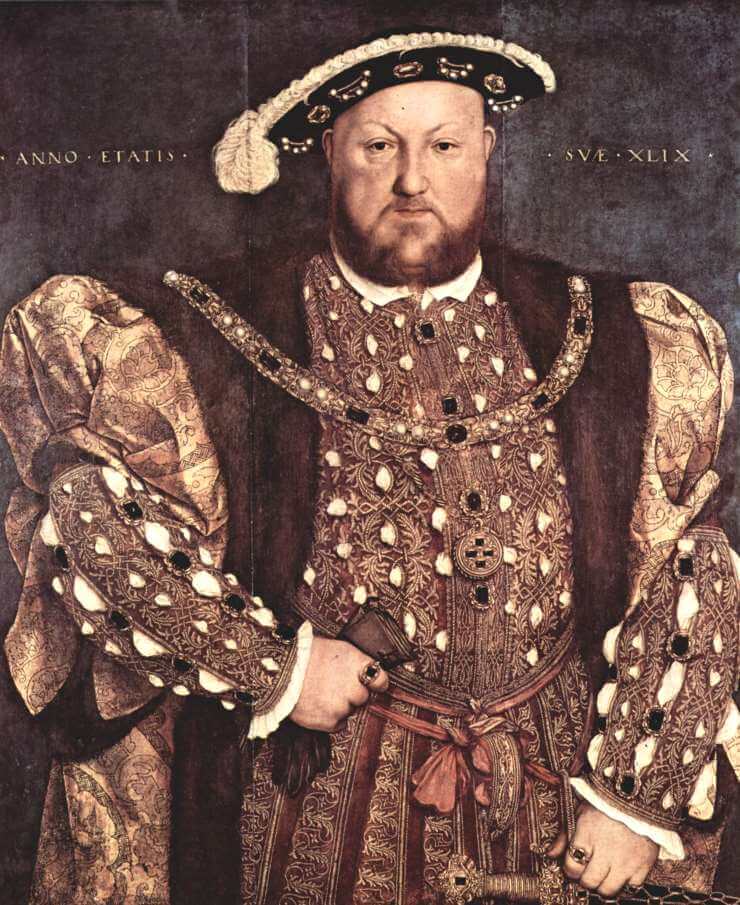
By the 1530s, he grew close to fellow reformers in religion such as Thomas Cromwell and Sir Edward Seymour.
In 1537, he was awarded the prestigious role of Vice-Admiral which he wholeheartedly embraced, immersing himself in all things naval, learning about organisation and the skills required at sea. His interest in naval matters allowed him to better understand the changes that needed to be made to improve naval strategy and organisation.
He proved himself to be a reformer, as he set new standards, embarked on new missions and pursued new ideas about overseas exploration and navigation.
Meanwhile, back in the world of politics he became MP for Staffordshire in the House of Commons and later was promoted to the House of Lords after the death of his stepfather, Arthur Plantagenet (Henry VIII’s uncle and his mother’s second husband).
By the 1540s, Dudley’s star was on the ascent as he had many roles bestowed on him as he had become a peer, was subsequently known as Viscount Lisle, became a Knight of the Garter and was promoted to become Lord Admiral.
His admittance into the Privy Council cemented his power, establishing a strong position in which to gain more access to the monarch.
In the meantime, his fortuitous military endeavours both on land and at sea, only served to increase his influence and attract the attention of Henry VIII.
He joined the campaign against Scotland in 1544, serving as Warden of the Scottish Marches and under the command of Edward Seymour. He was in the same year appointed Governor of Boulogne and given the task of rebuilding fortifications according to the specifications of the king.
Meanwhile, at sea, Dudley’s naval acumen produced compelling results with innovative tactics involving squadrons, co-ordinated firepower and manoeuvring, ensuring that the English navy was the most impressive in Europe.
Whilst taking part in successful campaigns in Scotland and France, he got closer to Henry VIII who was now in the final years of his reign.
Moreover, he found himself at the centre of the religious Reformed party at court, alongside Edward Seymour. In the final weeks of Henry VIII’s reign, both Seymour and Dudley established a strong base for their Protestant rule and looked to be the likely candidates for regency power which would be required for the succession of nine-year-old Edward as king.
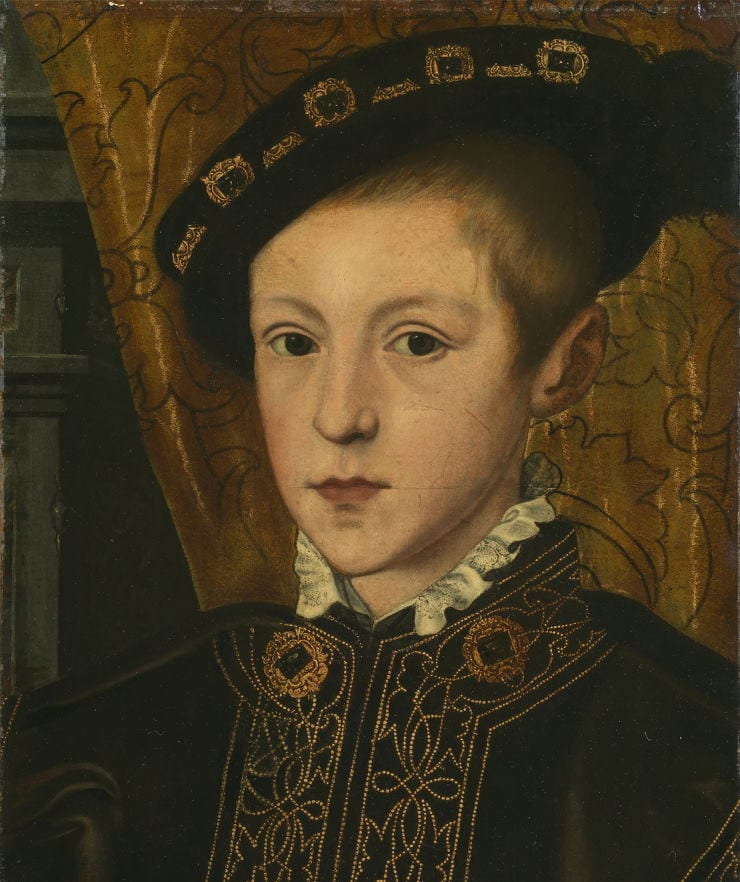
The council subsequently gave out promotions to themselves with John Dudley becoming the Earl of Warwick whilst Seymour became Lord Protector. In this new role, Dudley gained much more power, only second to the role of Protector, accompanying Seymour on new campaigns in Scotland as his second-in-command such as at the Battle of Pinkie, securing another English victory.
In the meantime, trouble was brewing in the countryside, particularly in Norfolk where there was growing unease due to the crisis in agriculture that was caused by enclosure (fencing of common land by landowners) which left peasants nowhere to graze their animals. In response, a group of rebels led by yeoman Robert Kett launched a rebellion in which they stormed the city of Norwich and defeated a Royal Army led by the Marquess of Northampton. In response, Dudley led his forces into battle and finally put an end to the rebellion on 27th August at the battle of Dussindale where Kett was captured and thrown in prison before being hanged from the walls of Norwich Castle.

In the wake of the rebellion and the unpopularity of Seymour’s policies, Dudley made his move to consolidate power, aligning himself into a new coalition that deposed Seymour as Lord Protector. In effect, Dudley made use of the power vacuum to become the dominating force in the Privy Council, and as a result served as the de facto regent for Edward VI.
Whilst Seymour and Dudley briefly reconciled, the former Lord Protector proved too much of a threat for Dudley to ignore and thus he was later executed, just months after Dudley was promoted to become Duke of Northumberland.
With his rival out of the way, John Dudley now had a clear path to become the most powerful man in England, serving as regent for the young king who quickly began to idolise his new mentor.
That being said, Dudley had a difficult task ahead of him after inheriting an administration financially ruined by years of war and mismanagement, compounded by a socially fragile situation and a fervently Protestant monarch who wanted to see more radical policies enacting the Reformation.
Dudley got to work implementing reforms, including the introduction of countrywide policing in order to prevent uprisings, new fiscal measures aimed at recovering the economy as well as religious policies which further entrenched Protestantism into everyday life.
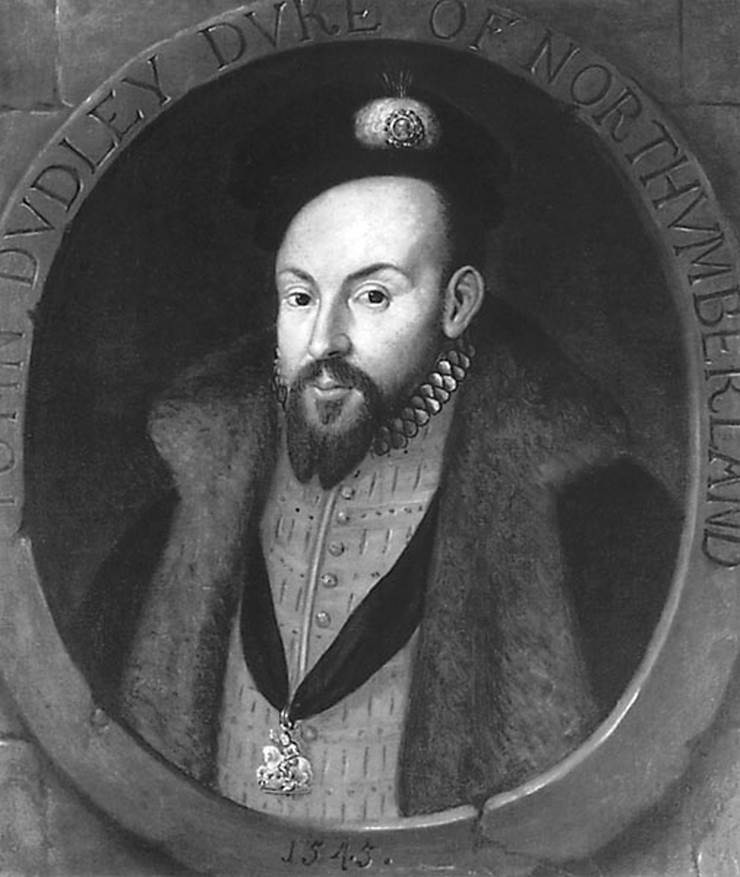
These policies included the use of the Book of Common Prayer which became law in 1549 and the promotion of evangelical Protestants into prominent roles, thus appealing to young Edward’s zealous Protestant beliefs.
By 1553, the young king who was by now only fifteen had fallen ill and was visited by his sister Mary, the future Queen of England. Dudley kept her informed about Edward’s health and two months later restored her title and arms as Princess of England (she had them taken away in the 1530s).
In the meantime, Dudley’s second youngest son married Lady Jane Grey (the daughter of the Duke of Suffolk) who was herself fervently Protestant and also related to the monarch as she was the grand-niece of Henry VIII.
As Edward’s health deteriorated he drew up a document entitled “My devise for the Succession” in which he excluded his sisters (he regarded as illegitimate) from the succession and remained preoccupied with finding a Protestant and preferably male successor (that was non-existent).
In the following months, Edward’s condition looked terminal and he agreed to change his will in order to name his Protestant cousin as his successor instead, Lady Jane Grey, who also happened to be Dudley’s daughter-in-law. The extent to which Dudley influenced this decision however is still speculated.
On 6th July 1553, Edward VI passed away and Dudley went about enacting the king’s final wishes by travelling to East Anglia in order to capture Mary.
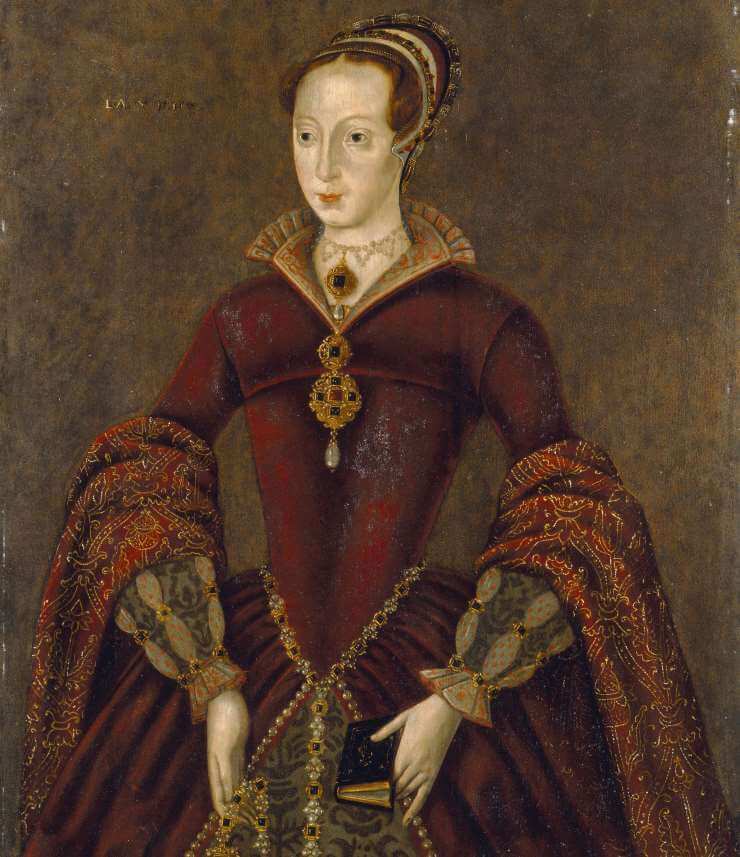
On 10th July, Jane Grey was proclaimed Queen of England whilst in the meantime, Mary began to amass a large force of troops in order to resist Dudley’s plans.
A few days later, Dudley, who was an experienced general, headed off to meet Mary’s troops with around 1500 of his own men, whilst simultaneously Mary continued to garner more support, powerful artillery and important alliances from members of the gentry and nobility.
The prospect of a fight looked increasingly hopeless for Dudley and his men and by 20th July, the Privy Council had sent a letter, demonstrating their change in allegiance by calling for Mary to become Queen of England and for Dudley to disband his forces.
Upon hearing the news, Dudley acquiesced to the orders and the next morning he was arrested by the Earl of Arundel. He was returned to London to a baying and angry public as he was taken to the Tower.
His trial took place on 18th August at Westminster Hall with some recognisable faces sitting on the jury. He was subsequently convicted of high treason whilst he begged for mercy to be shown to his sons.
On 22nd August his execution took place, a day after he had taken Catholic communion and professed his devotion to the faith.
This change of heart was far too late as no sympathy was spared for the Duke that many saw as self-serving and evil.
He was subsequently executed in front of a crowd of 10,000, bringing an end to the life of an extraordinary man who had begun his life as the son of a traitor and climbed the greasy poll of politics, became a distinguished military man, earned many accolades, reformed the Navy and ruled England during the reign of young Edward. An unlikely figure to wield such power, his final mistake was trying to overthrow the succession rights of Queen Mary.
Whilst he won favour with the young Protestant King Edward, the new Catholic Queen would prove to be his downfall.
Jessica Brain is a freelance writer specialising in history. Based in Kent and a lover of all things historical.
Published: 26th February 2024
